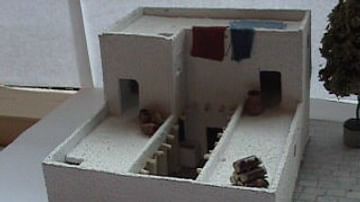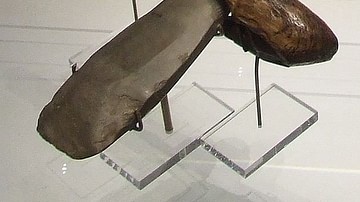Alpine stilt houses are a unique and fascinating aspect of prehistoric architecture in the Alps, which provide valuable insights into the lives and culture of the ancient communities. The houses were built by prehistoric communities living in the alpine regions of Austria, Germany, Italy, and Switzerland and date back to the early Iron Age, between 600 BCE and 500 CE.
19 of these archaeological sites are in Italy, some of them in Lombardy, between the provinces of Brescia, Varese, Mantua, and Cremona. The structures in Varese are the oldest known pile dwellings, dating back to the beginning of the Neolithic or New Stone Age. In Northern Italy, the earliest known pile-dwelling sites date back to the end of the 6th millennium BCE, while in regions north of the Alps, the oldest sites date back to 4300 BCE. These settlements continued until around 800 BCE. The sites span a wide range of economic development, from early farming societies to more advanced metalworking cultures.
Exploration & UNESCO World Heritage Status
Exploration of prehistoric sites located around the Alps in lakes and bogs began more than 150 years ago. In 2004, Switzerland proposed an international UNESCO world heritage nomination. In 2011, the prehistoric pile dwellings around the Alps were added to the UNESCO World Heritage Sites list in recognition of their historical, cultural and environmental significance. Austria, France, Germany, Italy, Slovenia, and Switzerland collaborated to obtain the prestigious label for a hidden cultural heritage of immense global value.
The inclusion of the stilt houses on the list is an acknowledgement of their importance as a reminder of the long history of human habitation in the Alps, and their value as a reminder of the resourcefulness of the people who lived there. The stilt houses demonstrate how people adapted to the harsh conditions of the alpine climate and also illustrate the importance of the lakes and rivers of the region to the local economy.
Construction
The construction of the stilt houses around the Alps was a highly innovative solution to the challenges posed by the alpine environment. The use of wooden stilts as the foundation of the houses allowed for protection from flooding and provided access to the cool temperatures of the shallow waters of the lakes and rivers. Additionally, elevating the houses above the ground provided insulation from the harsh winter climate.
The most common type of stilt house was constructed from split logs of triangular shape driven into the ground. This type of construction was not only efficient but also allowed the houses to blend seamlessly into the natural environment. The walls of the houses were built using a combination of stone and wood, and the roof was made of turf or thatch. This combination of materials helped to insulate the houses and also provided a natural camouflage.
The buildings were typically between one and three stories high and could range from small single-room dwellings to large structures with multiple rooms. This allowed for flexibility in the use of the houses. In some cases, they served as residential dwellings, while in others they were used as storage facilities or workshops, making them an important part of the local economy. The innovative construction techniques and materials used in the building of the stilt houses allowed them to withstand the test of time, and many of them have been preserved to this day.
Significance
Many valuable artifacts have been discovered at these pile-dwelling sites, including combs made of bone and amber, weaving tools, farming equipment, votive statues, and hunting implements. These findings have helped to create a detailed picture of the environments of Europe's first agricultural societies and have provided valuable information on agriculture, animal husbandry, and the development of metallurgy over a period of more than 4,000 years, from the Neolithic to the Bronze Age.
One of the best-preserved pile-dwelling sites is located on Isolino Virginia, a small island in the Lake of Varese, near the town of Biandronno. The island was inhabited since the beginning of the Neolithic period (7th-6th millennium BCE), and over time the inhabitants had to move or modify their dwellings to adapt to changes in the lake's water levels. The island, which is only about 9 square kilometers, is considered to be the oldest pile-dwelling settlement in the Alps.
Conclusion
The prehistoric Alpine stilt houses are an important part of the cultural heritage of the region. They provide valuable insights into the lives and culture of the ancient communities who lived in the region, and are an exceptional example of ancient architectural traditions. Many of the stilt houses have been reconstructed and are open to the public. The Pfyn-Faido site in Switzerland and the Lake Constance region in Germany, Austria, and Switzerland are two of the most well-preserved sites.






